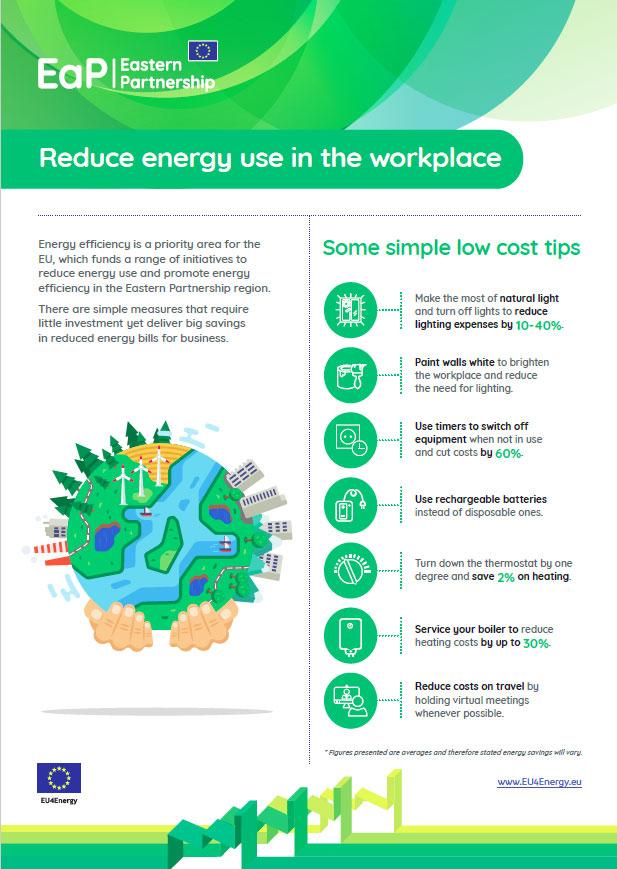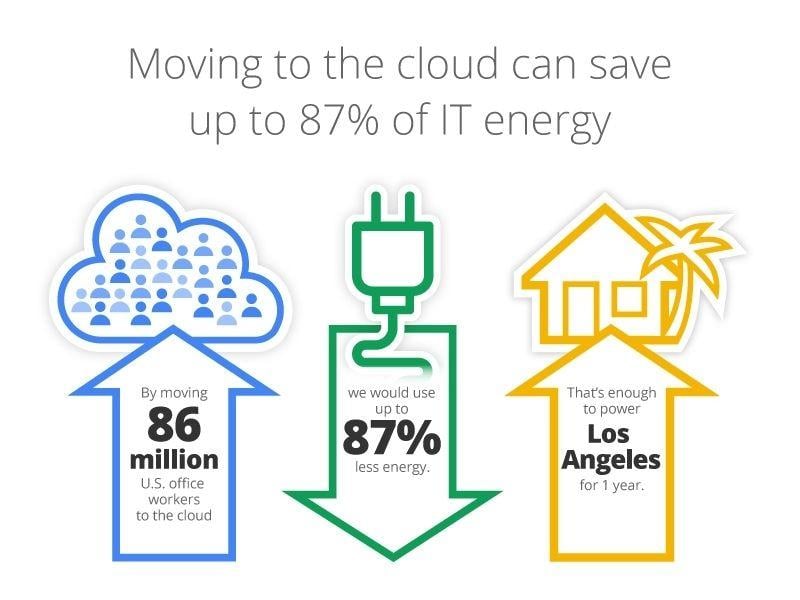The tech industry is known to be energy-extensive. We look for devices with powerful chips and software to complete our daily tasks quickly. We are also more aware that old gadgets can be donated and recycled rather than throwing them away.
But we don’t know what makes up the gadgets and software we use. It is not common knowledge of how much emissions from the products we buy.
2020 has led us to adapt to digital measures as we work to prevent the spread of the virus. The digital landscape is thriving as we go paperless and contactless. But the world’s response to the pandemic has left environmental concerns unaddressed.
Let’s hop into Professor 3Ps class about how tech can connect with helping the environment! He will guide you below on the importance of sustainable IT.
What does IT sustainability mean?
Sustainability is a very broad concept to begin with, which means companies could have different translations for it. But the common thought is that IT sustainability is about minimizing the negative impact of IT on social, economic, and environmental issues and using IT to address sustainability issues. (de IT-Auditor, 2015)
CIO also defines green IT as “a catch-all term used to describe the manufacture, management, use and disposal of information technology in a way that minimizes damage to the environment.”
.png)
Why it matters
Development in technology should be supporting the global movement to curb greenhouse gas emissions and fight climate change. Corporate decisions have a bigger impact than individual actions, so businesses must ensure that they are not contributing further to the environmental damage we are working tirelessly to mitigate today.
What makes a good business is not only about how much profit you make but what you can give back to society. This is where good ethics and corporate social responsibility (CSR) come in. Promoting how your business does this has the power to influence buying decisions as more customers expect accountability and action from companies all over the world.
According to a Clutch survey on U.S customers:

But it is important to note that sustainability should not be used merely for marketing purposes. This practice is something that should be in daily business operations. It may not be the cheapest option at first, but it does become more cost-effective in the long run.
Key Areas for Sustainable IT
Manage energy consumption in the workplace
Using appliances regularly and continuously can lead us to overlook even the most basic energy-saving practices. There are plenty of gadgets and appliances that use a significant amount of energy which turns into wasted power when not in use. Continuing this practice will incur unnecessary costs for the company.
Stanford’s Office of Sustainability conducted a study that evaluated nine different technologies and how they are related to power management in the Stanford workplace. The workstation energy can be reduced by up to 74%, and energy savings are likely to peak if an individual or a department chooses technology they are most likely to use.

Using Energy Efficient Equipment
There are a number of ways you can save energy through your appliances and equipment. Switching to smart lighting is one. You can switch to LED bulbs which consume much less electricity, produce the same amount of light, and last much longer than CFL lights. Or you can simply use natural light when possible.

Do you know about smart insulation? You can retain the heat in your office or your building by closing doors, improving window design, and using proper cover. These steps could be implemented but what works best is: educating your team on why these methods are most effective in saving energy resources. Teaching your team can help them apply the same practice elsewhere too.

Switch to the Cloud
Cloud services have numerous benefits to the environment. Google-funded six-month-long research led by Lawrence Berkeley National Laboratory in partnership with Northwestern University revealed that transitioning to commonly used software applications to the cloud would cut energy use by 87%. Reducing energy costs can also save businesses up to 85% in energy costs.

Cloud computing also reduces GHG emissions from data centers. Traditional onsite data centers use plenty of resources throughout their life cycle– from production to transportation to using the equipment. But the Cloud changes this to a more efficient system.
Tech giants Accenture, Microsoft, and WSP conducted a survey that revealed that cloud computing can significantly reduce carbon emissions and that large companies can lessen their per-user carbon footprint by 30%. On the other hand, smaller companies can decrease theirs to up to 90%.
Greening of Technology
Greening technology ensures that the life cycle of the product is as green and sustainable as possible. It could be the future of technology if adopted well, especially by tech giants with immense influence over numerous industries.
Lancaster University defined the greening process starting from green design to green disposal.
- Green design: Designing energy-efficient digital devices like computers, servers, printers, projectors, etc.
- Green manufacturing: Making sure that waste is minimized during the manufacturing process of digital devices in order to significantly reduce its environmental impact..
- Green use: Minimizing the electricity consumption of computers and their peripheral devices and using them in an eco-friendly manner.
- Green disposal: Repurposing existing equipment or appropriately disposing of, or recycling, unwanted electronic equipment.
Combining all of these steps leads to sustainable IT management, where the practices are all incorporated to ensure that the company does not cause further harm to the environment. It also includes the safe disposal of equipment when it has reached the end of its life cycle.
As the world becomes more vulnerable to climate change, we must unite and remove existing habits that are harmful to the planet. The changes needed can be achieved if big corporations take action.

Third Pillar highly values its impact, not only on our customers but on society as a whole. Our services include cloud software through Sales Cloud, Service Cloud, Marketing Cloud, and more.
We can help you grow your business while being more sustainable in the process. Let us help you. All you have to do is send us a message!
.png)